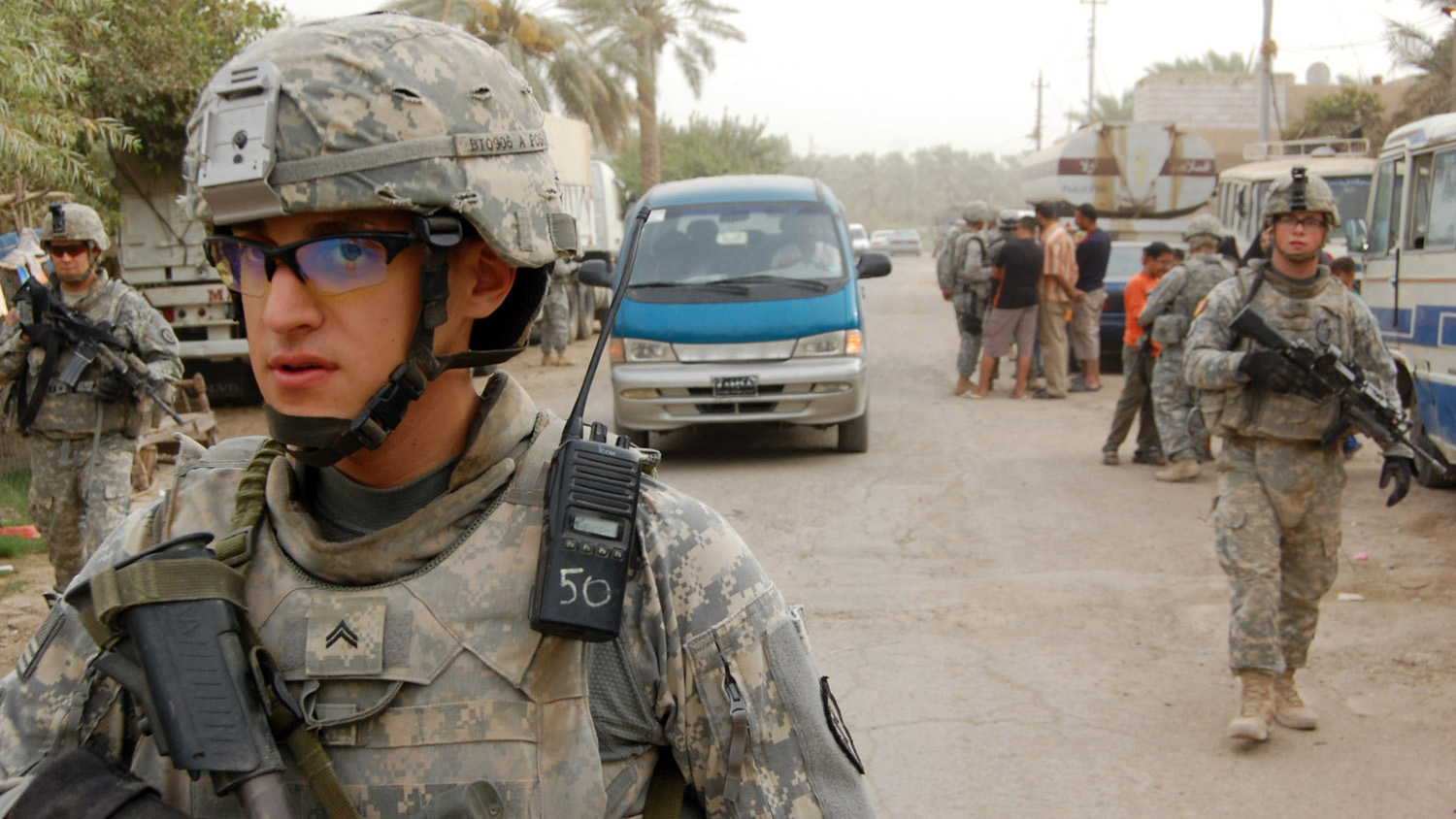Study Offers Hope, Sheds Light on How Vets Respond to Trauma

For Immediate Release
A new study of military veterans who went through trauma finds that those veterans who have related post-traumatic stress disorder (PTSD) are also more likely to experience “post-traumatic growth” – such as an increased appreciation of life, awareness of new possibilities and enhanced inner strength.
“There’s been a lot of attention paid to PTSD in our military population, but very little research on post-traumatic growth,” says Sarah Desmarais, an associate professor of psychology at North Carolina State University and author of a paper on the new study. “But these findings are important, because they show that the way veterans respond to trauma is not a zero-sum game.”
“Some Department of Defense (DoD) training implies that people are either resilient or they’re not, but we found that people can struggle with PTSD and experience emotional growth due to traumatic events,” says Jessica Morgan, Ph.D. candidate at NC State and principal investigator on the study. “In addition, growth can occur very quickly, or it can be a process that unfolds over years. In other words, while recovering from trauma can be a painful and difficult ordeal, veterans and their families can have hope, and the DoD should pay attention to this field of study.”
For this study, researchers conducted a survey of 197 veterans from all branches of the military. Approximately half of the study participants served in the Army, 72 percent were active duty, and 69.4 percent were male. Study participants reported on a traumatic event that had occurred within the previous three years and were asked a series of questions designed to measure post-traumatic growth. Growth was measured on a scale from zero to 105.
The researchers found that study participants fell into four groups with respect to their post-traumatic growth. The short-term moderate group, including 33.7 percent of participants, had post-traumatic growth scores typically between 40 and 60 and experienced that growth within about 6 months of the traumatic event. The long-term moderate group made up 18.7 percent of participants, and reported similar levels of post-traumatic growth, but more than a year after the traumatic event. The high-growth group, 20.7 percent of participants, had scores typically between 70 and 105 – and this growth could take anywhere from a few months to several years. The last group, made up of 26.9 percent of participants, experienced limited post-traumatic growth.
The researchers found that members of each group shared common characteristics.
For example, the group that experienced the greatest post-traumatic growth was made up of participants who were the most likely to report that their trauma fundamentally challenged the way they viewed the world. They also spent the most time thinking about their traumatic event and had the highest rate of PTSD.
Those who experienced moderate growth very quickly had similar characteristics, placing second in all three categories: the extent to which the trauma challenged their worldview, the amount of time spent thinking about the trauma, and the rate of PTSD.
At the other end of the spectrum, those who experienced limited post-traumatic growth ranked last in all three categories.
“One of the key points here is that there can be real benefit from having military veterans think about their traumatic experiences,” Desmarais says. “While it may be painful in the short term, it can contribute to their well-being in the long term.
“These findings also demonstrate that we need to do more research into post-traumatic growth, working with the veteran community,” Desmarais adds. “The fact that we still know so little about post-traumatic growth, and that much of the existing work was not done with members of the military, is a significant oversight.”
The paper, “Associations between Time since Event and Posttraumatic Growth Among Military Veterans,” is published in the journal Military Psychology. Morgan, who also serves as a researcher at RTI International, is the paper’s lead author.
-shipman-
Note to Editors: The study abstract follows.
“Associations between Time since Event and Posttraumatic Growth Among Military Veterans”
Authors: Jessica K. Morgan and Sarah L. Desmarais, North Carolina State University
Published: online March 23, Military Psychology
DOI: 10.1037/mil0000170
Abstract: Despite efforts to understand the antecedents, correlates, and consequences of posttraumatic growth (PTG), the role of time since event vis-à-vis PTG is not well understood. Part of a larger project exploring experiences following emotionally distressing events among military Veterans (N = 197) using Amazon’s Mechanical Turk (Mturk), the current study sought to clarify associations between time since event and PTG. We used cluster analytic techniques and analyses of variance to: 1) determine the number of clusters, and 2) assess differences in core constructs of PTG and participant characteristics across clusters. Results revealed four significantly different groups (i.e., clusters) characterized by differential associations between PTG and time since event. These groups also differed significantly in challenge to core beliefs, level of PTSD symptoms, intrusive and deliberate rumination, and age. The Immediate Moderate Growth group (Cluster 1) experienced moderate levels of PTG over shorter periods of time, high levels of PTSD symptoms, and was significantly younger in age. The Low Growth group (Cluster 2) was characterized by minimal PTG regardless of time, the least amount of challenge to core beliefs, and low amounts of both intrusive and deliberate rumination. The Long-term Small Growth group (Cluster 3) was primarily characterized by small amounts of PTG over longer periods of time. The High Growth group (Cluster 4) was characterized by high PTG regardless of time, greater challenge to core beliefs, the highest amount of deliberate rumination, and the highest amount of PTSD symptoms. Findings underscore heterogeneity within military Veterans’ experiences of PTG over time.
- Categories:


